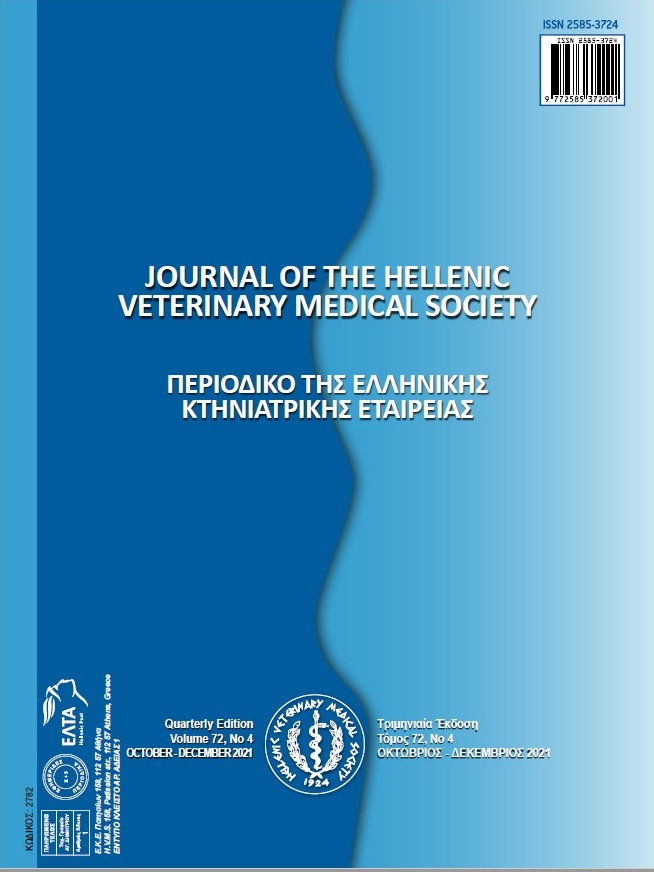The phylogenetic analysis of RNA-dependent RNA polymerase gene of chronic bee paralysis virus in Turkey

Abstract
Chronic bee paralysis virus (CBPV) is a major contributor to global bee colony losses. However, among the RNA viruses infecting honeybees, CBPV is still not classified. In this study, samples of asymptomatic adult honey bees were randomly collected from 45 apiaries in three provinces (Burdur, Antalya, and Isparta) in Turkey. Five of the 45 samples were determined to be positive by reverse transcription polymerase chain reaction (RT-PCR). In addition, three positive samples from Burdur, Isparta, and Antalya were confirmed by sequencing. We constructed a phylogenetic tree that was divided into five main groups based on the RNA-dependent RNA polymerase gene region. The Turkish strains TUR/BUR/CBPV1, TUR/ISPT/CBPV2, and TUR/ANT/CBPV3 and the Turkish strains from obtained previous studies formed a different cluster. The sequence homology results of a phylogenetic analysis showed that the Turkish strains shared 97-98.9% of their nucleotide identity and had 96.9-99% similarity rates with each other. The strains obtained in this study and the Turkish strains detected in previous studies were also 81-84.6% similar to European, Chinese, and Uruguay strains. This research underlines the presence of CBPV in apparently healthy Turkish bee colonies and the remarkable differences in Turkish CBPV strains. Further investigation is needed to identify the molecular characterization, complete genome sequence, and pathogenesis of Turkish CBPV strains.
Article Details
- How to Cite
-
ÇAGIRGAN, A., YILDIRIM, Y., & USTA, A. (2022). The phylogenetic analysis of RNA-dependent RNA polymerase gene of chronic bee paralysis virus in Turkey. Journal of the Hellenic Veterinary Medical Society, 72(4), 3415–3422. https://doi.org/10.12681/jhvms.29385
- Issue
- Vol. 72 No. 4 (2021)
- Section
- Research Articles
Authors who publish with this journal agree to the following terms:
· Authors retain copyright and grant the journal right of first publication with the work simultaneously licensed under a Creative Commons Attribution Non-Commercial License that allows others to share the work with an acknowledgement of the work's authorship and initial publication in this journal.
· Authors are able to enter into separate, additional contractual arrangements for the non-exclusive distribution of the journal's published version of the work (e.g. post it to an institutional repository or publish it in a book), with an acknowledgement of its initial publication in this journal.
· Authors are permitted and encouraged to post their work online (preferably in institutional repositories or on their website) prior to and during the submission process, as it can lead to productive exchanges, as well as earlier and greater citation of published work.


